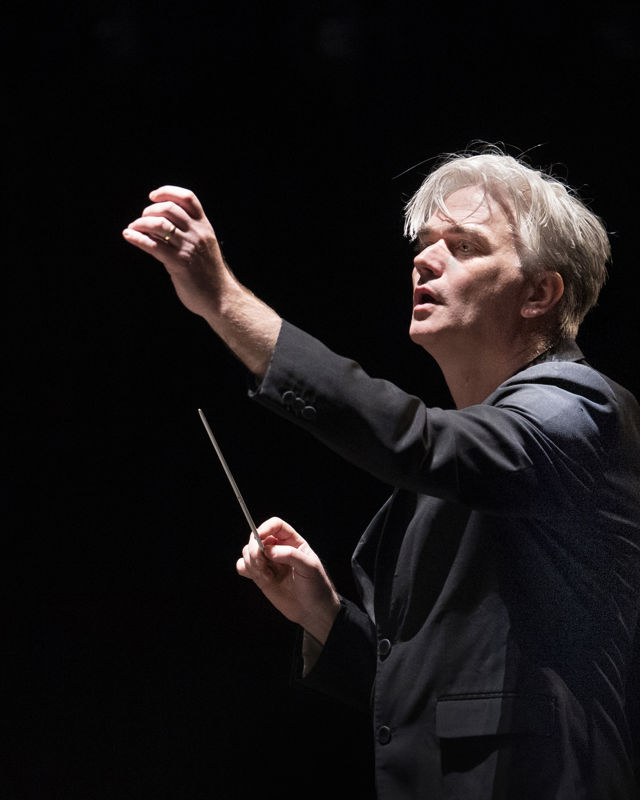The Opera Orchestra:
Mahler’s 2nd

Opera Orchestra with Mahler’s immortal second symphony
When Edward Gardner and the Norwegian National Opera Orchestra perform Gustav Mahler’s monumental Resurrection Symphony, no effort is spared: The Main Stage is filled to the brim with soloists, a double chorus and a complete orchestra.
“What is life and what is death? Will we live forever? And is this all an empty dream or does our life and death have meaning?” Gustav Maher believed that life owed us an answer when he wrote the programme for the very first performance of his second symphony, known as the Resurrection Symphony.
He has a mammoth orchestra and choir answer life’s greatest questions: About 100 musicians, two soloists and both the Opera Chorus and Oslo Philharmonic Choir fill the Main Stage during this performance. Directing it all is the new music director of the Oslo Opera House, Edward Gardner.
Heaven and hell
Gustav Mahler was Jewish, but struggled with his faith his entire life and converted to Catholicism. Death was also a constant companion. By the time he wrote both his first and second symphony in 1888 at the age of 27 years, he had lost six brothers, was about to lose a sister and both his parents.
Mahler’s second symphony starts where his first one ends, namely with the death of the hero. The first movement is considered the hero’s funeral march and is marked by a violent rage against death. All the same, the anger dissipates, light from the heavens radiates hope and heralds the main theme of the work, the Resurrection.
Equal before Gud
In the middle movements, Mahler looks back on the hero’s life, rise and fall. But in the magnificent finale, which starts with Judgement Day, all the dead creatures of the earth rise to the surface. Beggars and the wealthy, kings and laymen stand side by side in the Resurrection choir and together they sing: “Aufersteh’n, ja, aufersteh’n”, “Resurrection, yes, resurrection”.
Bernstein, JFK and 9/11
Since its first performance in 1895, Mahler’s second has become a cultural-historical work for heavy losses and crises. Leonard Bernstein and the New York Philharmonic chose this work for the TV-broadcast commemoration of the assassination of John F. Kennedy in 1963. Alan Gilbert followed in Bernstein’s footsteps and did the same thing with the American orchestra on the tenth anniversary of the terrorist attacks on 11 September 2001.
See Leonard Bernstein conduct New York Philharmonic on the CBS TV broadcast, 1963.